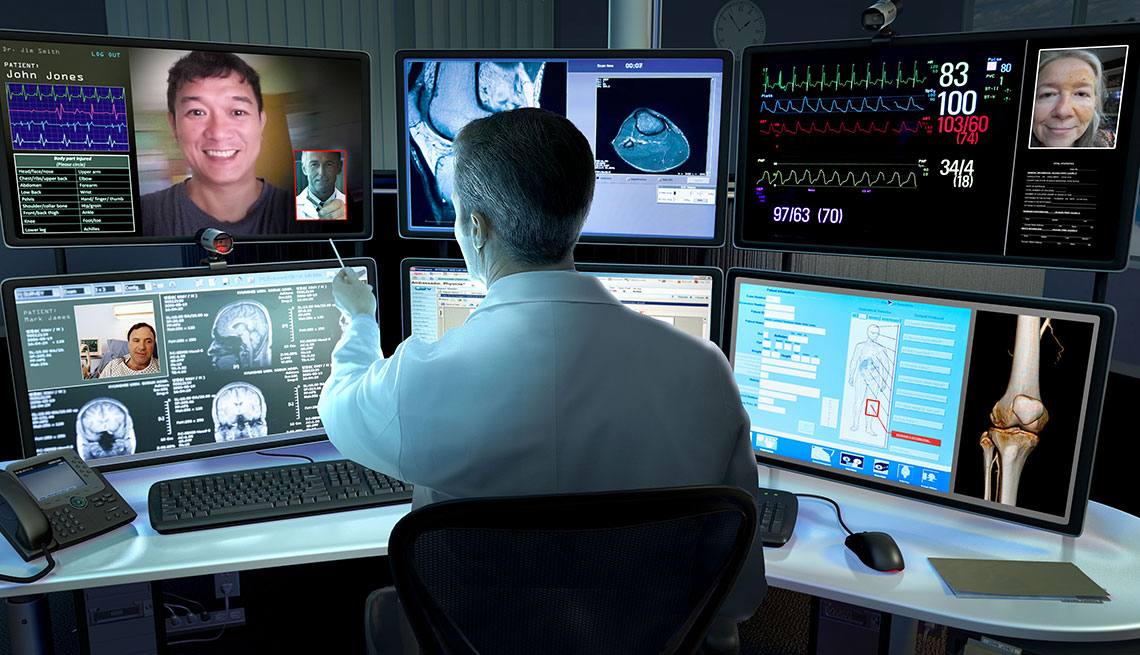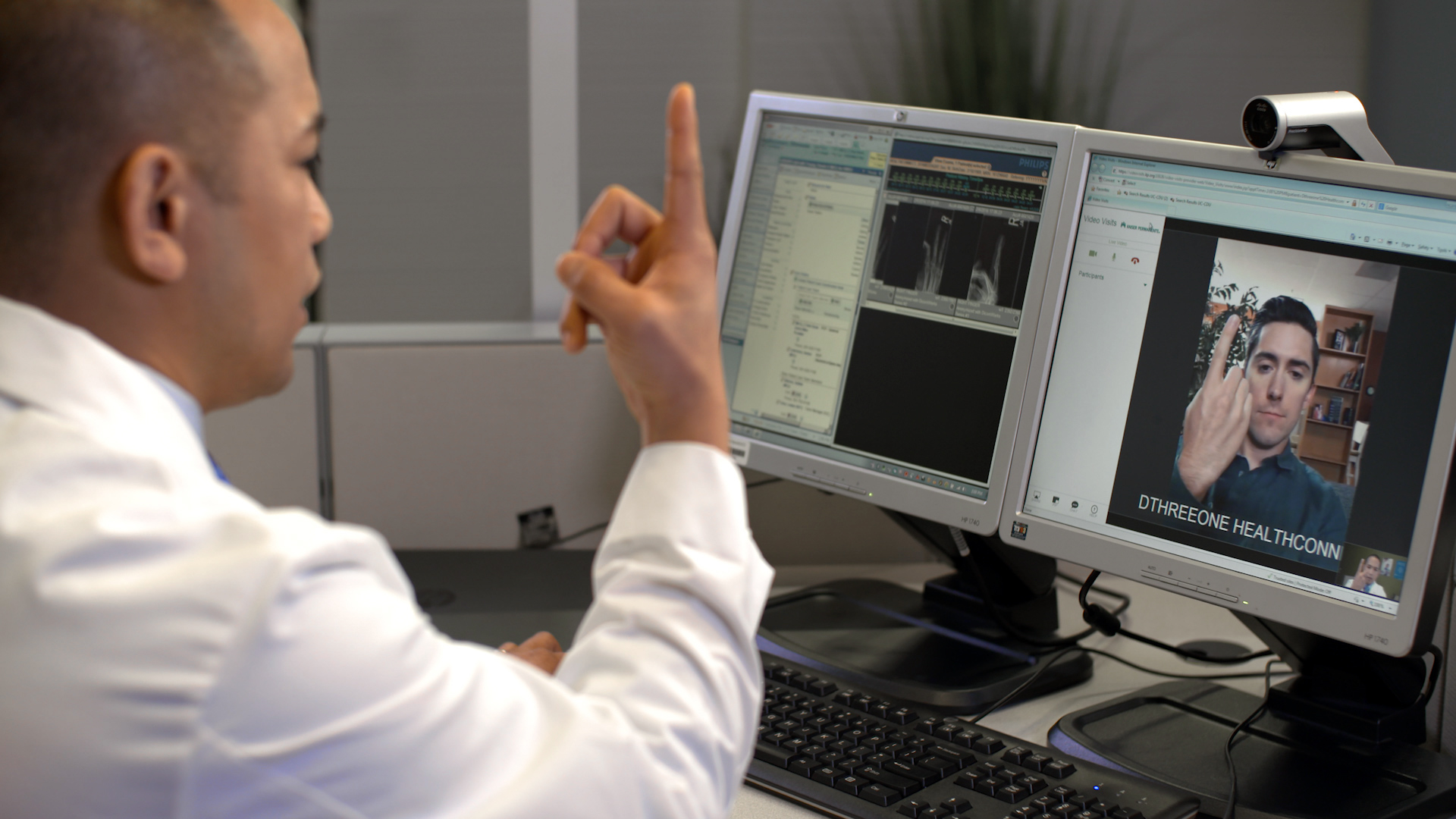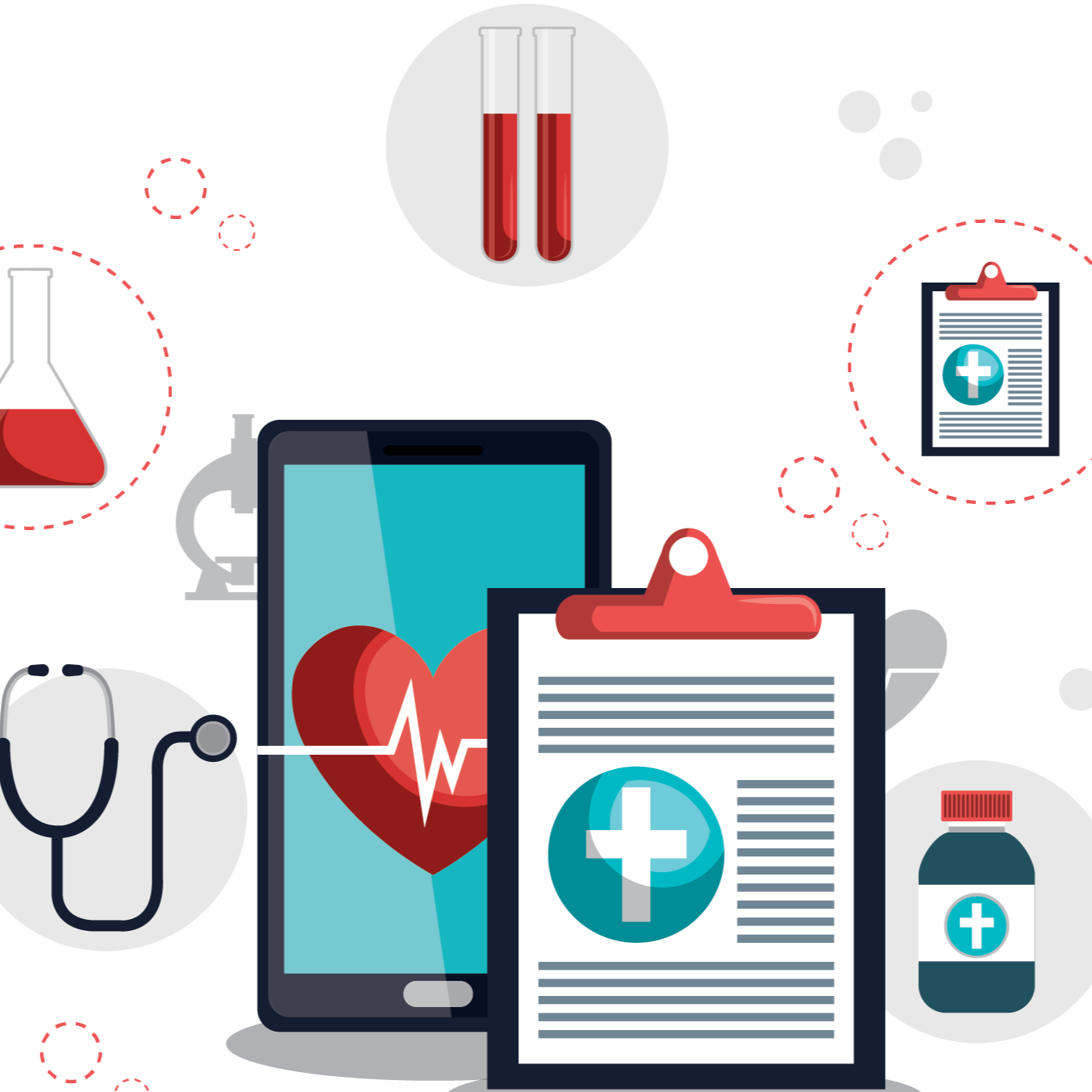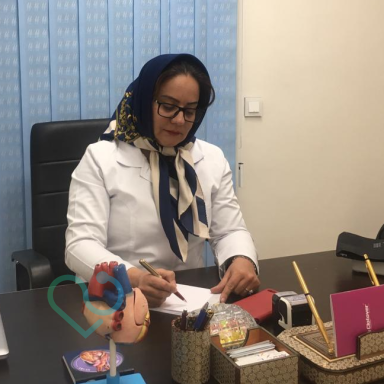
Telemedicine, also known as remote healthcare, is a new concept that is rapidly expanding on the internet and in virtual spaces. Initially designed to address medical needs in rural areas, it has gradually evolved to cater to modern-day challenges like widespread diseases and the busy lifestyles of urban populations.
Telemedicine in Today’s World
Currently, telemedicine services are growing faster than ever. Advances in technology have made it easier for individuals to access these services. For example, most people worldwide are now accustomed to using video communication apps like Skype, Zoom, and others, making it easy to utilize online medical services such as video consultations, online appointments, virtual visits, and more.

Scope of Telemedicine Services
Telemedicine services are used worldwide for a wide range of conditions, including:
- Various allergies
- Women's health issues
- Common colds and different types of flu
- Insect bites
- Respiratory diseases like bronchitis
- Sinusitis
- Diarrhea and vomiting
- Orthopedic issues
- Neurological problems and consultation for back pain
- And more...

Benefits of Telemedicine
- Ease of use for patients
- Convenient access for both patients and doctors
- More cost-effective
- Time-saving
- Access to a wide range of doctors and specialists
- Quick and seamless back-and-forth communication between doctor and patient
- Continuous monitoring of patient records by doctors
- Electronic prescriptions
- Online tests
Considering all the above and the spread of contagious diseases like COVID-19, using telemedicine services has become essential for both doctors and patients to prevent further transmission of such illnesses.
One of the goals of PezeshkBook Health Magazine and PezeshkBook is to enhance public health by providing accurate information and education to the public, particularly to those who are vulnerable or at risk.
"Let’s defeat COVID-19 by not shaking hands this time."












Our Customers' Comments
No comments registered